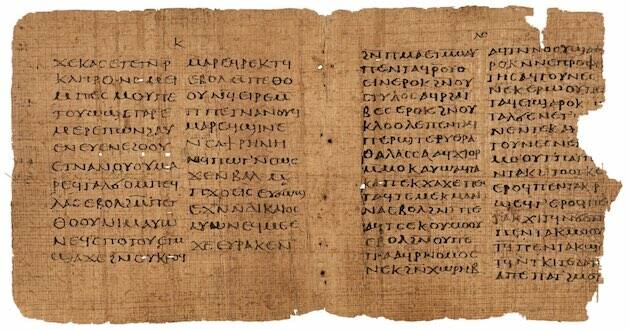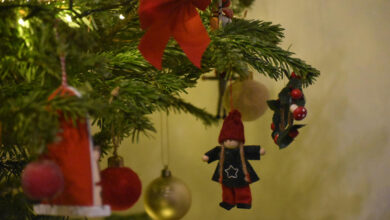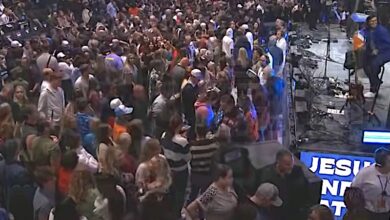Ancient Biblical manuscript will go up for auction in June

An ancient Biblical manuscript is expected to attract a high price when it goes on sale in June. The Crosby-Schøyen Codex, written on papyrus paper, is dated from A.D. 250 to 350 and is believed to have been produced in one of the first monasteries.
The codex is 104 pages long, was written over a period of 40 years and contains 1 Peter and Jonah. It is one of the oldest books of any kind in existence. Eugenio Donadoni, Christie’s senior specialist for medieval and renaissance m manuscripts, said Egypt’s climate has helped preserve most of the oldest documents found today.
“All the major finds of Christian manuscripts that we had in the 20th century and at the end of the 19th century are all concentrated in Egypt for those very precise climactic conditions,” he said.
Early followers of Jesus, “Yeshua” in Hebrew, are credited with “saving” Jewish history and documents. As the church grew and established monasteries, they became a center of Jewish knowledge after the destruction of the Jewish Temple in 70 AD and the dissolution and dispersion of Jewish communities undergoing persecution. These centers, spread from Greece to Egypt, continued to make copies of the Tanakh, the Jewish Bible which for Christians is known as the “Old Testament.”
Donadoni expressed his amazement of the manuscript, saying, “It is of monumental importance as a witness to the earliest spread of Christianity around the Mediterranean: The earliest monks in Upper Egypt in the earliest Christian monastery were using this very book to celebrate the earliest Easter celebrations, only a few hundred years after Christ and only a hundred or so years after the last Gospel was written.”
The codex was discovered in the 1950s as part of the Bodmer Papyri, a collection of various Christian and pagan texts found in Egypt. It was bought by the University of Mississippi, where it remained until 1981. After a series of owners, Norwegian manuscript collector Martin Schøyen bought the codex in 1988. Schøyen will auction off the codex, along with other pieces from his manuscript collection, in June at Christie’s in New York City. The selling price is expected to be between $2.6 million and $3.8 million pounds.
The codex most likely was constructed for practical use based on its lack of ornamentation and probably was intended to be used by a small Christian community in the area. Its frequent use eventually would lead to the papyrus wearing out, until someone decided “to reinforce it with a modest binding forming a ‘cartonnage’ with the remains of the first and last surviving leaves,” as suggested by the EWTN Catholic Global News.
It is believed that the codex was then treated as a religious relic rather than a book and kept in a Pachomian monastery in Middle Egypt. It was eventually hidden on a hill with a cache of other documents, perhaps to keep it safe from Muslim invaders, until its discovery in the 1950s.
Like the Dead Sea Scrolls, the Crosby-Schøyen Codex reveals that the current Bible used today remains virtually unchanged from its earliest existence.
–Dwight Widaman | Metro Voice







